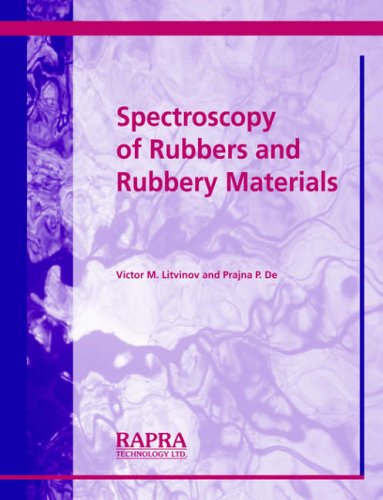

Most ebook files are in PDF format, so you can easily read them using various software such as Foxit Reader or directly on the Google Chrome browser.
Some ebook files are released by publishers in other formats such as .awz, .mobi, .epub, .fb2, etc. You may need to install specific software to read these formats on mobile/PC, such as Calibre.
Please read the tutorial at this link: https://ebookbell.com/faq
We offer FREE conversion to the popular formats you request; however, this may take some time. Therefore, right after payment, please email us, and we will try to provide the service as quickly as possible.
For some exceptional file formats or broken links (if any), please refrain from opening any disputes. Instead, email us first, and we will try to assist within a maximum of 6 hours.
EbookBell Team

4.1
30 reviewsAnalysis of the rubbery materials is complicated by the fact that rubbery products, such as tyres, tubes, seals, V-belts and hoses, contain in the rubbery matrix a significant amount of various compounds, i.e., fillers, vulcanising agents, antioxidants and plasticisers. Due to the complex composition, no single technique can provide a good understanding of the effect of chemical and physical structures on the functional properties of rubbery materials. Thus spectroscopy has become a powerful tool for the determination of polymer structures.
The most comprehensive information on chemical and physical structures in relation to material properties can be obtained by using a combination of macroscopic techniques and methods that provide information on the molecular level.
The major part of the book is devoted to techniques that are the most frequently used for analysis of rubbery materials, i.e., various methods of nuclear magnetic resonance (NMR) and optical spectroscopy. The main objective of this present book is to discuss a wide range of applications of the spectroscopic techniques for the analysis of rubbery materials.
The book brings together the various spectroscopic techniques for obtaining the following information: chemical structure of rubbery materials, network structure analysis, heterogeneity of rubbery materials, physical properties of rubbery materials, functional properties and stability of rubbery materials, processing of rubbery materials and quality control.
The contents of this book are of interest to chemists, physicists, material scientists and technologists who seek a better understanding of rubbery materials.